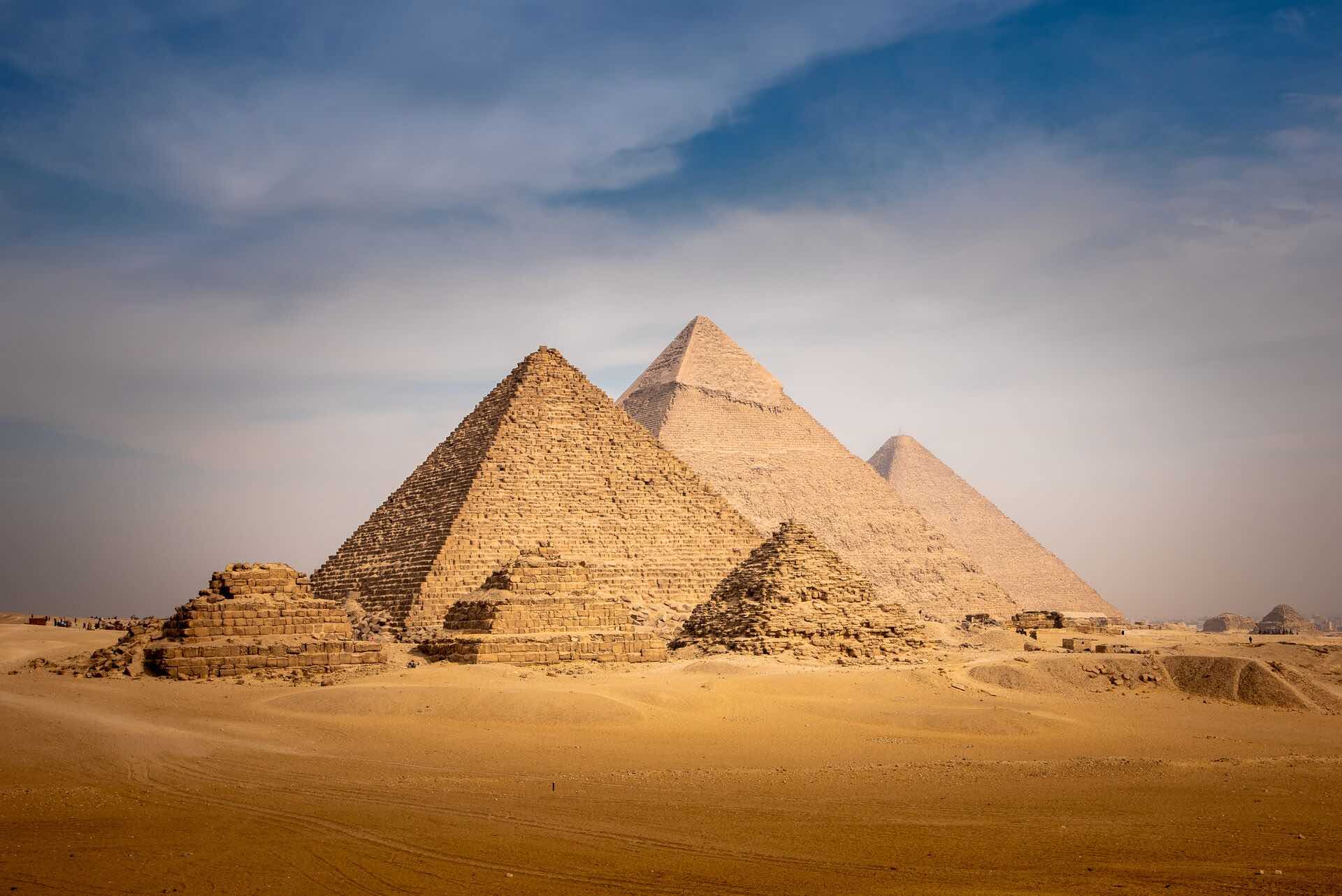
Ever wondered about the world’s most mysterious places? Our planet is filled with locations that baffle scientists, historians, and adventurers alike. From the enigmatic Stonehenge to the perplexing Bermuda Triangle, these spots spark curiosity and intrigue. Why do these places captivate us? Maybe it's their unexplained origins, strange phenomena, or the legends surrounding them. What makes them so mysterious? Often, it's the lack of concrete answers. People love a good mystery, and these places deliver just that. Ready to dive into the unknown? Let’s explore 25 facts about these fascinating locations that continue to puzzle and amaze.
Key Takeaways:
- The Bermuda Triangle is a mysterious area in the ocean where ships and planes have vanished. Some think methane hydrates cause ships to sink, but it's still a heavily traveled shipping lane.
- Stonehenge, the Great Pyramids, Easter Island, and the Nazca Lines are ancient wonders with unknown purposes, leaving us to wonder about their origins and meanings.
The Bermuda Triangle
The Bermuda Triangle, also known as the Devil's Triangle, is one of the most infamous mysterious places on Earth. Located in the western part of the North Atlantic Ocean, it has been the subject of numerous myths and legends.
- The Bermuda Triangle covers roughly 500,000 square miles of ocean.
- Many ships and aircraft have disappeared under mysterious circumstances in this area.
- Some theories suggest that methane hydrates on the ocean floor may cause ships to sink.
- The U.S. Board on Geographic Names does not recognize the Bermuda Triangle as an official name.
- Despite its reputation, the Bermuda Triangle is a heavily traveled shipping lane.
Stonehenge
Stonehenge, a prehistoric monument in England, continues to baffle historians and archaeologists. Its purpose and construction methods remain subjects of debate.
- Stonehenge was built over 4,000 years ago.
- The stones used in its construction were transported from over 150 miles away.
- Some believe it was an ancient burial ground.
- Others think it was used for astronomical observations.
- The site aligns with the solstices, indicating its possible use as a calendar.
The Great Pyramids of Giza
The Great Pyramids of Giza in Egypt are among the most iconic structures in the world. Their construction and purpose have intrigued people for centuries.
- The Great Pyramid of Giza is the oldest of the Seven Wonders of the Ancient World.
- It was originally covered in casing stones made of highly polished Tura limestone.
- The pyramids were built as tombs for pharaohs.
- Some theories suggest that advanced technology or even extraterrestrial help was used in their construction.
- The alignment of the pyramids with the stars of Orion's Belt has led to various astronomical theories.
Easter Island
Easter Island, located in the southeastern Pacific Ocean, is famous for its massive stone statues called moai. The island's history and the purpose of these statues remain largely unknown.
- Easter Island is one of the most remote inhabited islands in the world.
- The moai statues were carved by the Rapa Nui people between 1400 and 1650 AD.
- There are nearly 900 moai statues on the island.
- Some statues weigh up to 82 tons.
- The reason for the construction of the moai remains a mystery, with theories ranging from ancestor worship to representations of deified chiefs.
The Nazca Lines
The Nazca Lines in Peru are a series of large geoglyphs etched into the desert floor. Their purpose and the methods used to create them are still debated.
- The Nazca Lines cover an area of nearly 1,000 square kilometers.
- They were created by the Nazca culture between 500 BC and 500 AD.
- The lines depict various animals, plants, and geometric shapes.
- Some believe they were created for astronomical purposes.
- Others think they were part of religious or ceremonial practices.
The Final Word
Exploring the world’s most mysterious places reveals just how fascinating our planet truly is. From the Bermuda Triangle to Stonehenge, each location holds secrets that captivate our imaginations. These places remind us of the wonders and mysteries that still exist, urging us to keep seeking answers. Whether it’s the ancient ruins of Machu Picchu or the enigmatic Nazca Lines, these sites offer a glimpse into the past and challenge our understanding of history. They’re not just destinations; they’re portals to stories waiting to be uncovered. So next time you plan a trip, consider visiting one of these mysterious spots. Who knows? You might just stumble upon a new fact that adds to the intrigue. Keep your curiosity alive and continue exploring the unknown. The world is full of wonders just waiting to be discovered.
Frequently Asked Questions
Was this page helpful?
Our commitment to delivering trustworthy and engaging content is at the heart of what we do. Each fact on our site is contributed by real users like you, bringing a wealth of diverse insights and information. To ensure the highest standards of accuracy and reliability, our dedicated editors meticulously review each submission. This process guarantees that the facts we share are not only fascinating but also credible. Trust in our commitment to quality and authenticity as you explore and learn with us.
